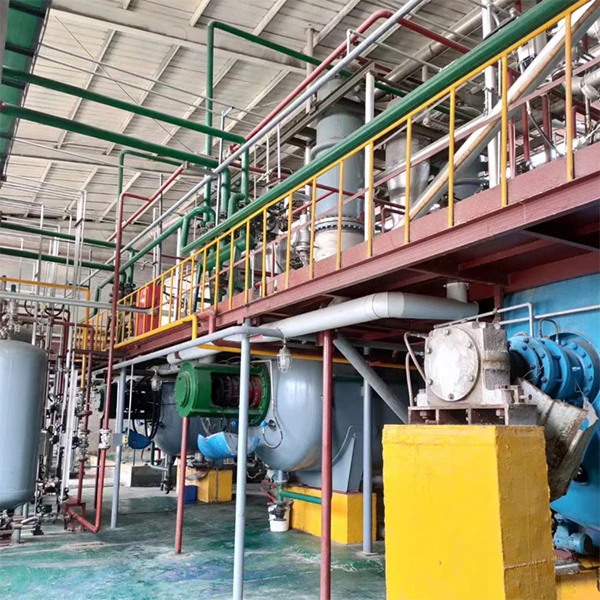The Role of Chemical Composition in Cement
Cement is a fundamental material in the construction industry, serving as the binding agent in concrete and mortar. Understanding the chemical composition of cement is crucial for engineers and architects, as it directly influences the properties of the final product, such as strength, durability, and setting time.
The Role of Chemical Composition in Cement
Calcium silicates, specifically tricalcium silicate (C3S) and dicalcium silicate (C2S), play a pivotal role in the strength development of cement. C3S hydrates rapidly and contributes to early strength, making it essential for projects that require quick setting times. On the other hand, C2S hydrates more slowly but contributes significantly to long-term strength, ensuring that structures remain robust over time.
cement chemical

Calcium aluminates (C3A and C4AF) are additional components that affect the setting time and resistance to sulfates. C3A, in particular, can enhance the rate of cement hydration, but in high amounts, it can lead to an increased risk of efflorescence and reduced long-term durability. Therefore, controlling the proportions of these compounds is critical in formulating cement for specific environmental conditions.
Gypsum, added during the grinding phase, regulates the hydration of C3A and helps control setting time. This is important for ensuring that the cement does not set too quickly, allowing for adequate workability during construction. The chemical reaction between cement and water, known as hydration, leads to the formation of calcium silicate hydrates (C-S-H) and calcium hydroxide, which are responsible for the strength and stability of hardened cement.
In modern construction, various supplementary cementitious materials (SCMs) such as fly ash, slag, and silica fume are often incorporated to enhance the properties of cement-based materials. These materials not only improve the performance and sustainability of concrete but also affect its chemical composition, leading to desirable characteristics like improved workability, reduced permeability, and increased resistance to environmental factors.
In summary, the chemical composition of cement encompasses a variety of compounds that significantly influence its performance in construction applications. By understanding and manipulating these chemical properties, manufacturers can produce specialized cements that meet the diverse needs of the industry, ultimately contributing to the safety and longevity of structures around the world.
-
The Versatility of Industrial Additives: Mhec, Hpmc, And Wall Putty SolutionsNewsMar.28,2025
-
The Importance of HPMC in Modern IndustriesNewsMar.28,2025
-
Partnering with Reliable Manufacturers for Optimal ResultsNewsMar.28,2025
-
Enhancing Construction Performance with Redispersible Polymer PowdersNewsMar.28,2025
-
Enhancing Construction and Household Products with Advanced AdditivesNewsMar.28,2025
-
Building Strong Foundations with Key Construction MaterialsNewsMar.28,2025






